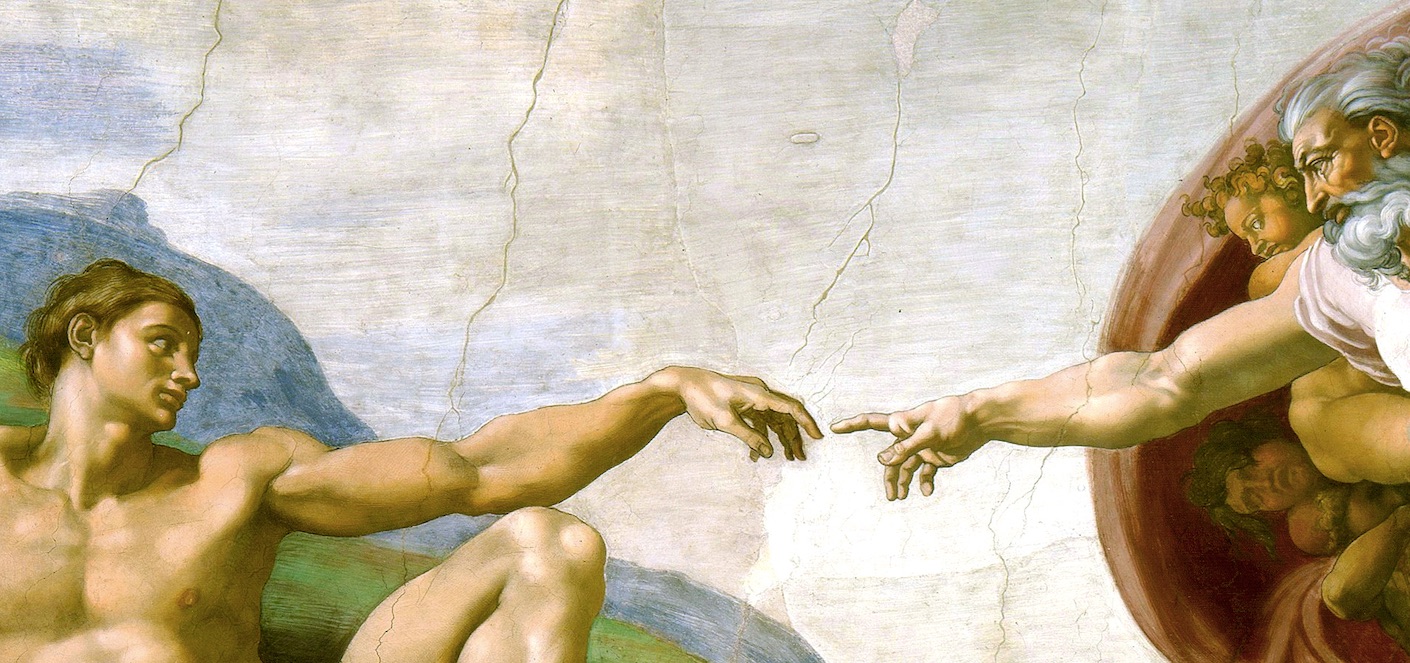It has been nearly three decades since Spencer W. Kimball’s address “The Gospel Vision of the Arts.” Speaking of the possibilities for LDS arts he spoke optimistically:
Take a da Vinci or a Michelangelo or a Shakespeare and give him a total knowledge of the plan of salvation of God and personal revelation and cleanse him, and then take a look at the statues he will carve and the mural he will paint and the masterpieces he will produce.
(Spencer W. Kimball. “The Gospel Vision of the Arts.” SOURCE HERE.)
This has caused many members of the Church to speculate on when or where a “Mormon Michelangelo” would appear. (Will it be a graduate of BYU’s Illustration Department? “The horror!” says an abstract installation artist working in the Studio Program.)
MORMON MEDICI?
I believe that focusing on the artist is premature. Long before da Vinci or Michelangelo, in Italy there was a dynamic culture of patronizing painters, sculptors, and architects that were — at first — considered little more than craftsman. But as the highly competitive and intellectual tastes of the Florentine, Venetian, Neapolitan, and Roman elite increased, so did the status and output of artists.
So whenever I hear the question “Where is the Mormon Michelangelo?” I want to ask: “Where are the Mormon Medici?” The current market for Mormon art and purchasing practices of the Church will be described at length in future posts, but it is clear to me that we are not yet at Renaissance levels of investment epitomized by the Medici family, who bankrolled many of Michelangelo’s projects, not to mention many other artists of the time.
A MORMON SISTINE CHAPEL?
If we eventually have a well funded Renaissance, it begs another question: Where would we put the resulting art? Do we have the equivalent of a Sistine Chapel ceiling, ready to be painted with The Creation and Last Judgment? The answer is not simple.
Some of the most sacred places in Mormondom are visual deserts, deliberately void and denuded of strong figurative art. I have never seen a work of art in a Celestial room. And the remaining interior real estate of temples tends to be dominated by landscapes, with and occasional original or giclée reproduction of figurative works. The same may be said for chapels. With the exception of only two early-twentieth-century ward houses, I have never seen a meetinghouse with a painting larger than a chalkboard, let alone a work of art within the sacrament meeting room.
Why?
It is my guess that if one were to enter the Celestial Room and see Michelangelo’s expansive, colorful, multi-figural Sistine Chapel ceiling — or its Mormon equivalent full of modestly-clothed, de-winged angels — it would potentially be a huge distraction from the rituals of the temple. Celestial rooms are deliberately non-distracting environments. Even the furniture is often white.
The same is true for a sacrament meeting. Members are meant to focus on the revealed words of the sacrament prayer; not a visual representation of it. In this sense, Mormons may be considered iconoclasts.
So my questions are:
1. Where are the Mormon Medici?
2. In what venue would Mormons display their version of the Sistine Chapel?
